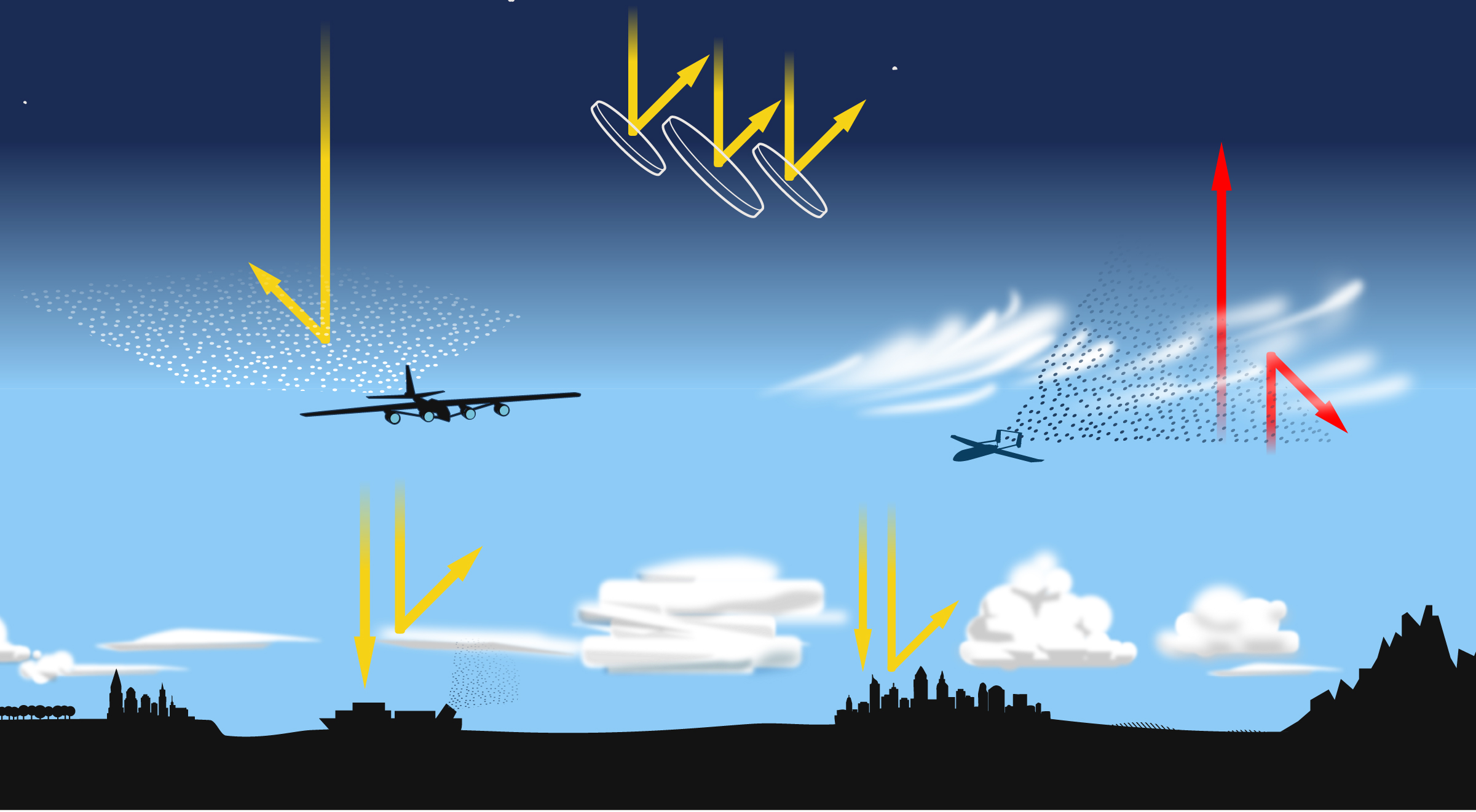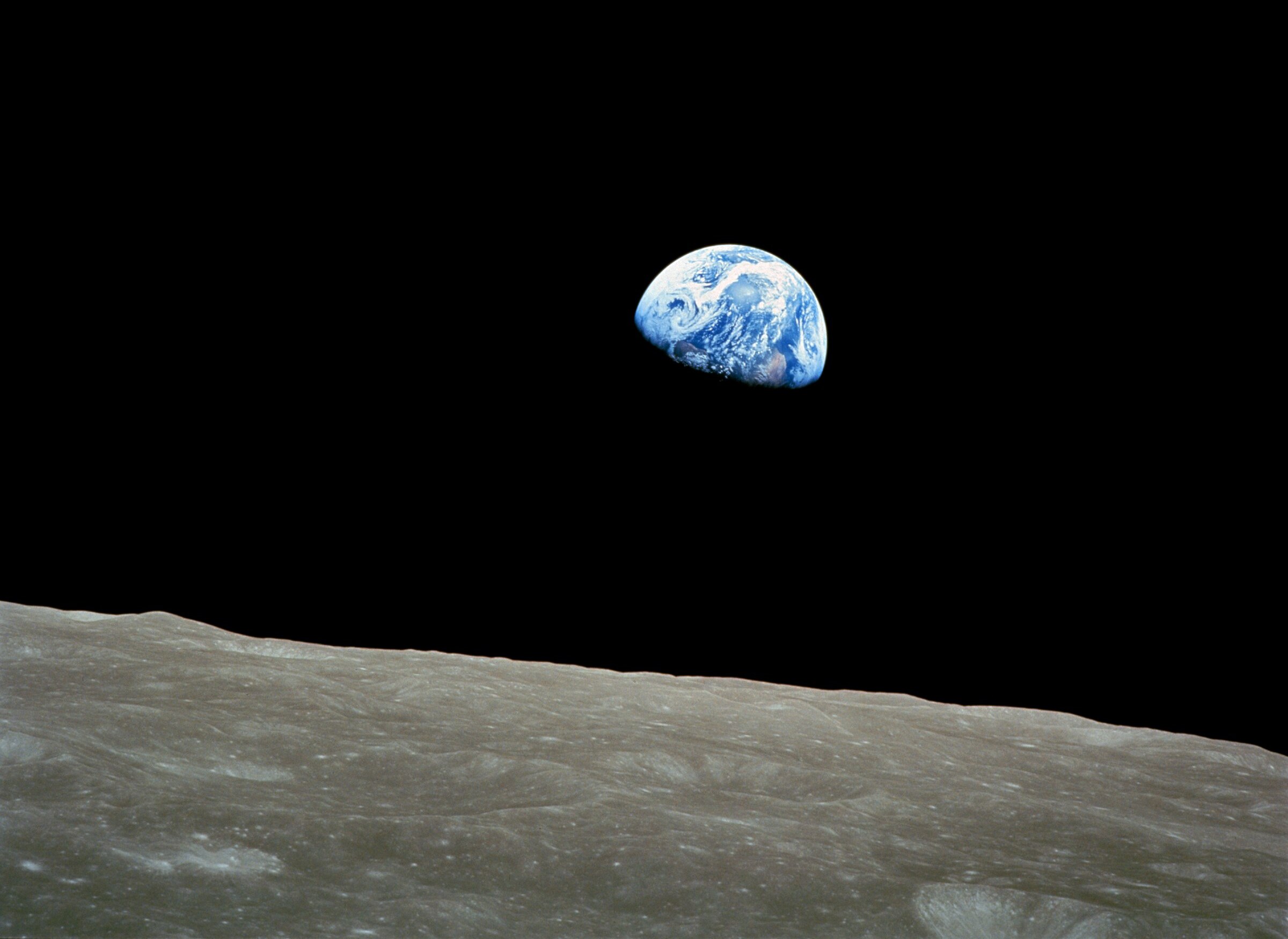Graphic
Stratospheric aerosol injection
Stratospheric aerosol injection (SAI) is an idea to lower the global temperature by dispersing tiny particles in the stratosphere to reflect a small fraction of sunlight. These reflective particles would remain in the stratosphere for 1-2 years, rather than the few days they would last in the lower atmosphere, because the stratosphere is stable and dry.

SAI would be a global intervention.
Wherever particles were released in the stratosphere, strong winds would spread them out east-west around the world and then towards the poles.
Sunlight
The stable stratosphere
The stratosphere is dry and the temperature increases with height. As a result, there are very few clouds in the stratosphere and it is stable. This means particles can persist for a few years before they eventually drop into the troposphere.
Warmer air
Cooler air
The turbulent troposphere
The lowermost part of the atmosphere, the troposphere, is turbulent and humid. Particles remain in the troposphere for only a few days before they either settle to the ground or are caught up in clouds and rained out.
Warm air
Cool air
Source: SRM360

SAI would be a global intervention.
Wherever particles were released in the stratosphere, strong winds would spread them out east-west around the world and then towards the poles.
Sunlight
Warmer air
The stable stratosphere
The stratosphere is dry and the temperature increases with height. As a result, there are very few clouds in the stratosphere and it is stable. This means particles can persist for a few years before they eventually drop into the troposphere.
Cooler air
The turbulent troposphere
Warm air
The lowermost part of the atmosphere, the troposphere, is turbulent and humid. Particles remain in the troposphere for only a few days before they either settle to the ground or are caught up in clouds and rained out.
Cool air
Source: SRM360

SAI would be a global intervention.
Wherever particles were released in the stratosphere, strong winds would spread them out east-west around the world and then towards the poles.
Sunlight
The stable stratosphere
The stratosphere is dry and the temperature increases with height. As a result, there are very few clouds in the stratosphere and it is stable. This means particles can persist for a few years before they eventually drop into the troposphere.
Warmer air
Cooler air
The turbulent troposphere
The lowermost part of the atmosphere, the troposphere, is turbulent and humid. Particles remain in the troposphere for only a few days before they either settle to the ground or are caught up in clouds and rained out.
Cool air
Warm air
Source: SRM360


